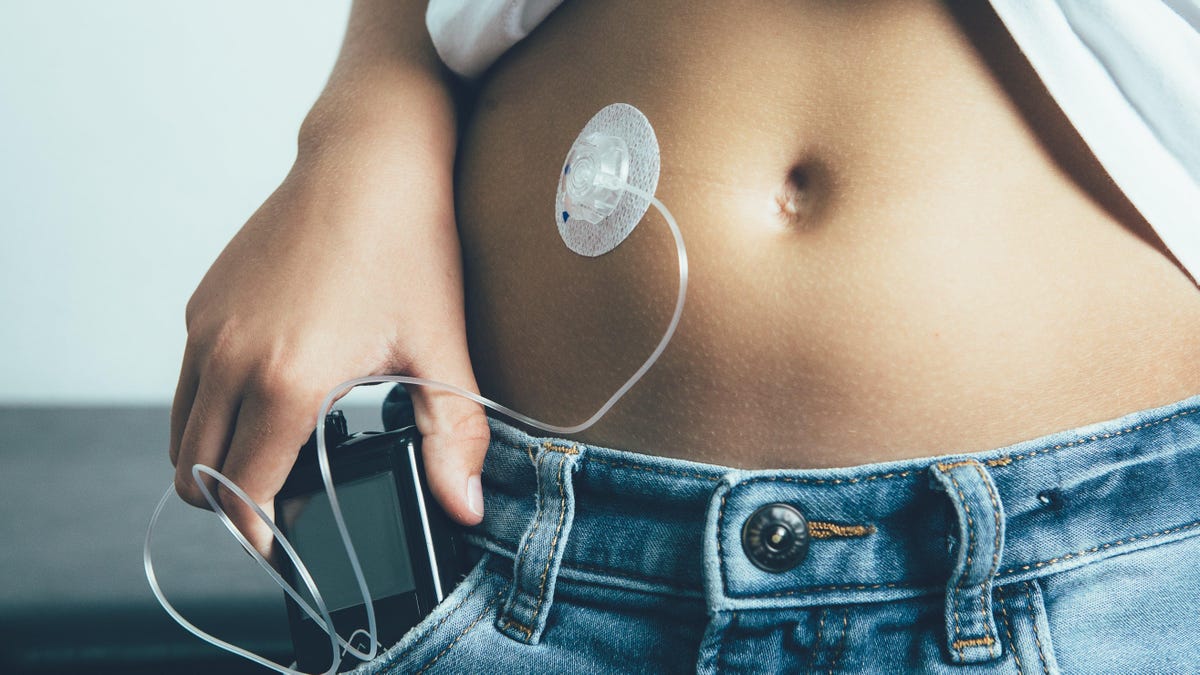
The UK has embarked on a first-of-its-kind initiative that will make the lives of many diabetics much easier. The country is set to provide artificial pancreas devices to tens of thousands of people living with type 1 diabetes. The recently approved devices should eliminate the need for patients to constantly measure their blood glucose levels.
Diabetes is characterized by having chronically high levels of blood sugar. This usually happens due to a breakdown in our production of, or response to, insulin, a hormone that helps move sugar from the bloodstream to our cells. People with type 1 diabetes have an overzealous immune system that attacks the cells in the pancreas responsible for making insulin, meaning they can no longer produce it on their own when needed, particularly after a meal. As a result, type 1 diabetics (as well as some people with type 2) have to regularly monitor their blood glucose and take doses of artificial insulin to keep it in check.
Advertisement
Artificial insulin has stopped diabetes from becoming a death sentence. But diabetics still tend to experience a greater risk of many health complications and shorter life span, especially if they have a harder time controlling their blood sugar. So finding a way to reliably improve blood glucose monitoring and the delivery of insulin has long been seen as an important goal for improving the health and lives of those with diabetes. One promising avenue of research has been the development of a so-called artificial pancreas, or technology that can automatically replace the functions of the organ.
Advertisement
In 2022, the UK’s National Health Services (the country’s publicly funded healthcare system) began a pilot trial of a particular artificial pancreas device, formally known as the Hybrid Closed Loop system. The system uses a sensor placed under the skin to continuously measure blood sugar on its own, then communicates wirelessly with an insulin pump to determine how much insulin should be provided to the user. The user can also keep track of the sensor’s readings with a smartphone app. Some manual input is still required, as the user has to tally up the carbohydrates they eat at meals to ensure the device’s accuracy. But overall, the technology is designed to not only make life less of a hassle for these patients, but to ensure better blood sugar control and fewer diabetes-related complications.
Advertisement
The device was deemed a clear success in its pilot trial, and last December, the NHS formally cleared the Hybrid Closed Loop system for public use. As of this month, the country is now starting to offer the system to eligible type 1 patients, in what’s thought to be a world-first effort.
“This transformative technology holds the power to redefine the lives of those with type 1 diabetes, promising a better quality of life as well as clinical outcomes,” said Clare Hambling, national clinical director for diabetes at the NHS, in a statement from the NHS.
Advertisement
People already using the device have reported positive things as well.
“I no longer have to worry about work related stress affecting my blood glucose levels as the closed loop helps to sort this out before it becomes a problem,” said 38-year-old Gemma Lavery, one of the patients in the pilot trial, in a statement from the NHS.
Advertisement
The initiative is expected to reach tens of thousands of type 1 patients in the country over the next five years. People eligible for the program will include children with type 1 diabetes, pregnant women with type 1 diabetes, and adults with type 1 diabetes who have an HbA1c (a measure of blood glucose control) of 58 mmol/mol (7.5%) or higher.
There are other artificial pancreas devices in development or available to the public elsewhere. Last May, for instance, the U.S. Food and Drug Administration cleared the iLet Bionic Pancreas technology, which is similarly intended to improve the automation of insulin delivery.
Services Marketplace – Listings, Bookings & Reviews